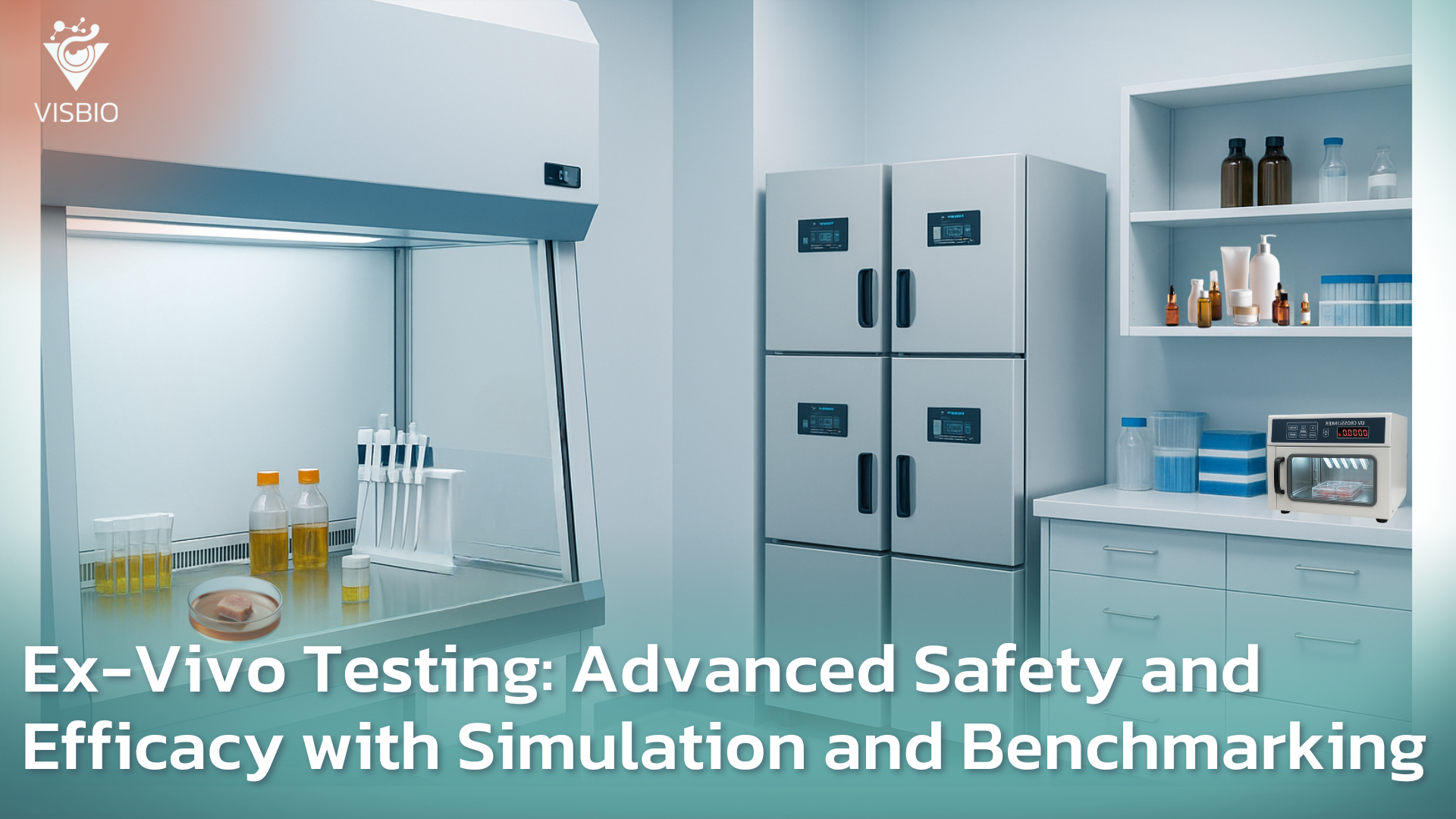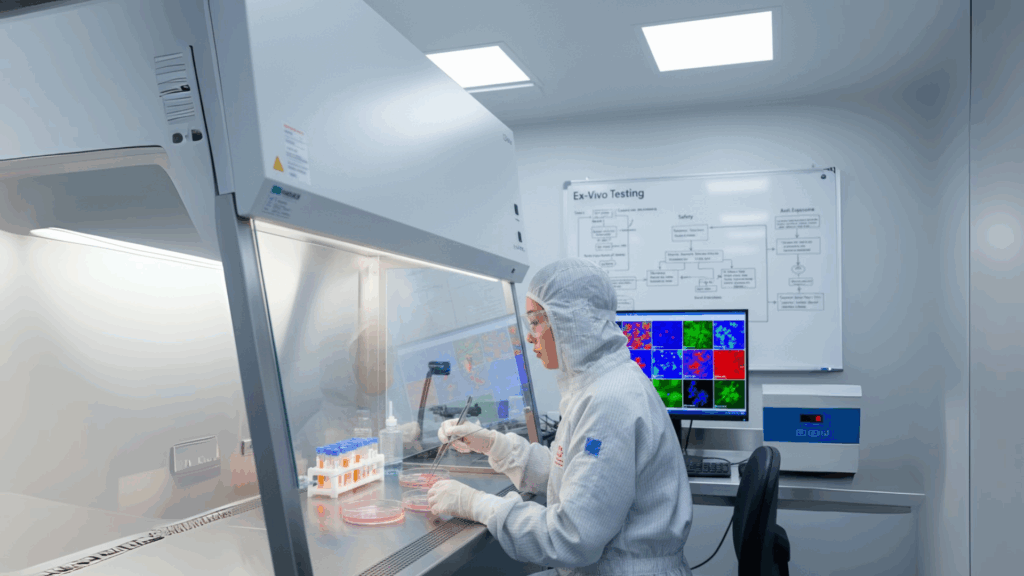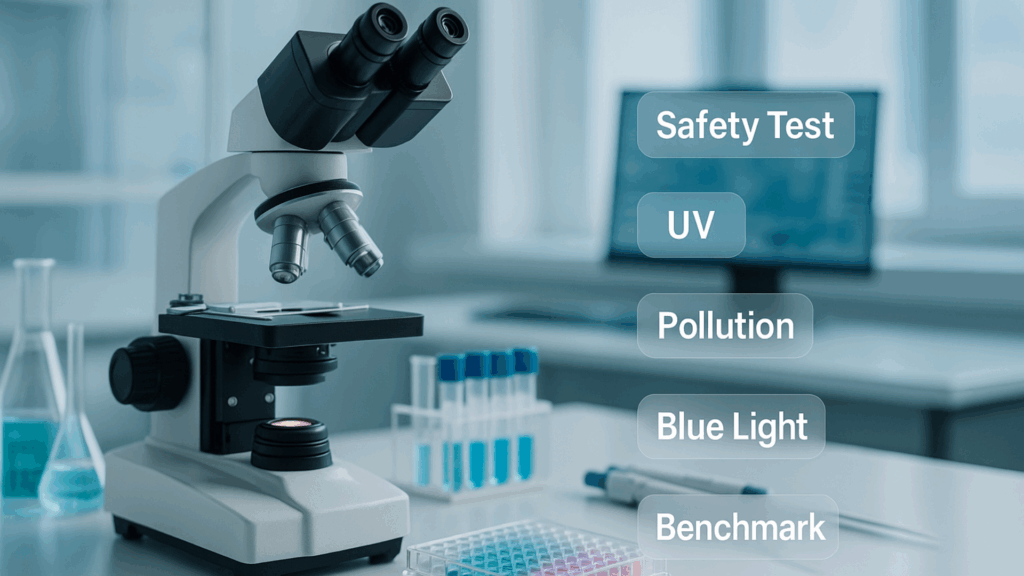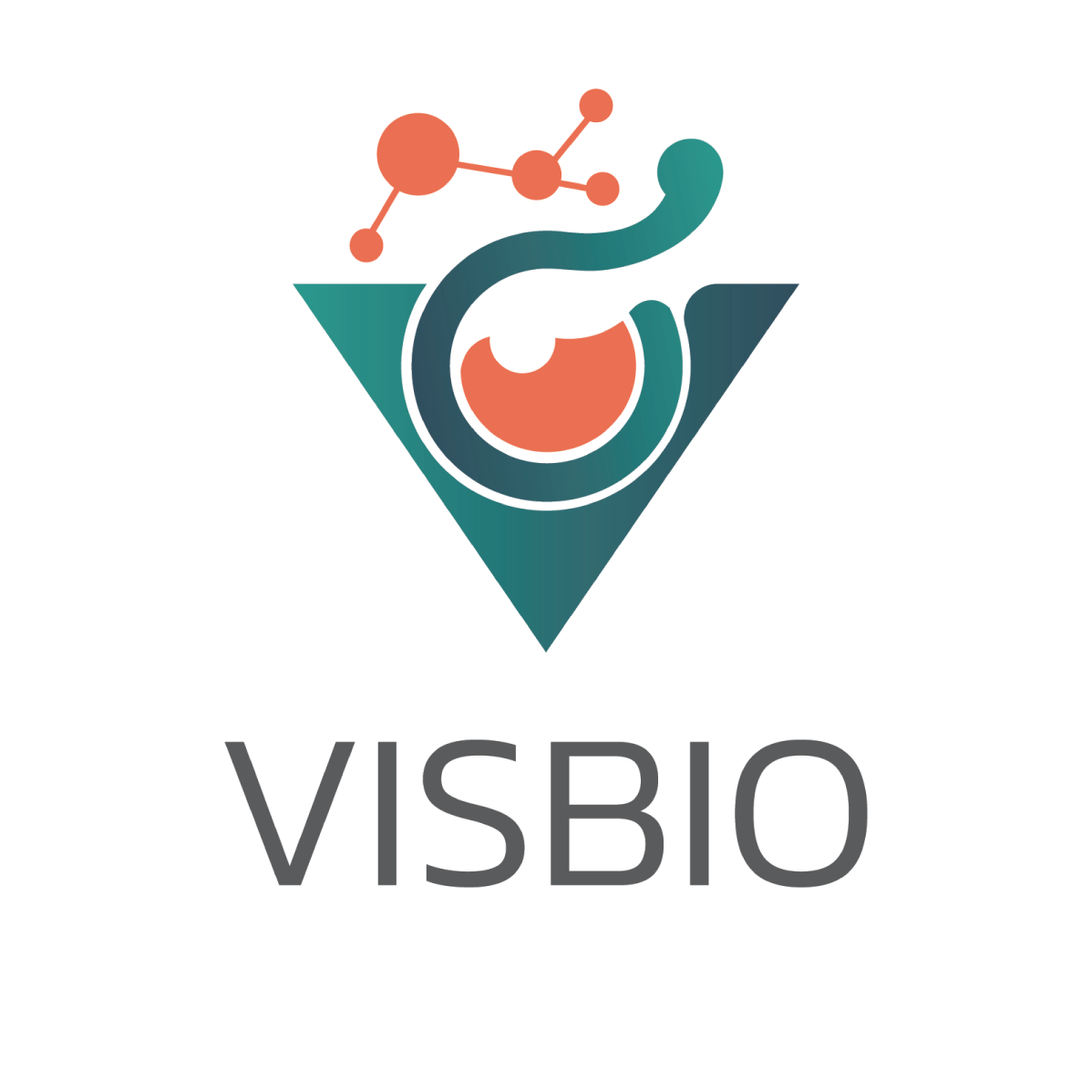
Ex-Vivo Testing Service Information: Advanced Evaluation of Safety and Efficacy Utilizing Simulation and Sample Benchmarking.
The cosmetic and cosmeceutical industry relies on verifiable scientific evidence to confirm both the safety and efficacy of its products. Claims made without supporting data lack credibility. Therefore, using testing methods that reflect real skin conditions is essential to build consumer confidence.
One internationally recognized method is Ex-Vivo Testing, which utilizes human skin explants that fully retain their biological structures and functions. The advantage of this method is that it provides data that more closely approximates results in actual humans than In-Vitro experiments, while requiring fewer resources than clinical trials (In-Vivo).
What makes Ex-Vivo Testing even more strategically valuable is the ability to plan and design tests that align with the product’s objectives. This includes adding Simulated Conditions such as UV, pollution, or blue light, or conducting Anti-Exposome assessments that combine multiple factors. Furthermore, Comparative and Benchmark Testing can be performed to compare the product against standard active ingredients (e.g., Retinol, Vitamin C, Resveratrol) or against products already on the market.
By incorporating simulated conditions and comparisons, Ex-Vivo Testing not only generates accurate scientific data but also provides brands with Competitive Evidence that can be used for product development, marketing communication, and creating sustainable differentiation.
The Ex-Vivo Testing
The core principle of Ex-Vivo Testing involves culturing donated human skin tissue explants under controlled conditions of temperature, humidity, and nutrients in a Culture Medium. This method ensures the tissue remains viable (Tissue Viability) and can exhibit biological behaviors similar to real skin.
A key advantage is that Ex-Vivo Testing preserves the multi-layered structure of the skin, including the Epidermis and the Dermis. This allows for the study of substance Penetration, the response of immune cells in the skin, and the interaction between various cell types in a manner closely resembling the human body—something that conventional In-Vitro tests cannot fully replicate.

Evaluation in Ex-Vivo studies can be performed at both the structural and biomolecular levels, such as:
- Histology and Immunofluorescence (IF): Used for staining and examining changes in tissue, such as layer thickness, collagen stimulation, or alterations in structural components.
- ELISA and Biochemical Analysis: Used to measure the expression of proteins or cytokines related to inflammation, antioxidant production, or DNA repair.
This combination of structural observation and quantitative measurement allows Ex-Vivo Testing to comprehensively and reliably explain a product’s mechanism of action.
Compared to testing on human volunteers, Ex-Vivo offers better control over variables, requires less time and cost, and addresses ethical concerns as it avoids reliance on animal testing while still providing data highly relevant to human conditions.
Ex-Vivo Testing Services: Safety and Efficacy

1. Safety Testing
Confirming safety is the most critical step in product development to demonstrate that it does not cause toxicity to cells or tissues.
- Skin Viability: The MTT/LDH assay is used to assess tissue viability and ensure there is no cell damage that might indicate cytotoxicity.
Results from Safety Testing can be used as preliminary evidence to confirm that the product is safe for use.
2. Efficacy Testing
After confirming safety, the next step is to prove the product’s efficacy. Our Ex-Vivo Testing services cover the evaluation of several performance aspects related to skin health and beauty, including:
- Collagen Stimulation: Investigates the production of Collagen Types I–V using Immunofluorescence Staining, Masson’s Trichrome, and ELISA to assess the potential to reduce wrinkles and enhance skin elasticity.
- Hyaluronic Acid Stimulation: Evaluates both internal tissue production (IF Staining) and secretion (ELISA) to confirm moisturizing properties.
- Anti-Inflammatory Activity: Measures IL-6, IL-8, GDF-15, TNF-α, and MMP1/Anti-Collagenase to assess the ability to reduce inflammation and protect the skin structure.
- Anti-Oxidant Activity: Measures the reduction of Reactive Oxygen Species (ROS), a key factor in skin aging.
- Anti-DNA Damage: Examines the biomarker 8-OHdG to confirm the ability to protect genetic material from damage.
- Anti-Aging Markers: Assesses Skin Thickness, Laminin 5 (Anti-Wrinkle), and Senolytic Activity to confirm anti-aging properties.
Testing under Simulated Conditions
In addition to standard safety and efficacy testing, we can plan and design tests that incorporate simulated conditions to reflect real-life skin stressors. This design ensures that the test results are aligned with the product’s intended purpose. Examples of simulated conditions that can be added include:
- Anti-UV: Exposure to UVA/UVB radiation to evaluate the ability to protect and repair skin from sun damage.
- Anti-Pollution: Simulating pollutants such as PM2.5 particulate matter to test the potential to mitigate their effects on the skin.
- Anti-Blue Light: Simulating exposure to blue light from electronic devices to assess its impact on skin cell degradation.
- Anti-Exposome: Combining multiple factors, such as UV with pollution, to reflect the complex conditions the skin faces daily.
This approach makes Ex-Vivo Testing not just an evaluation under standard conditions, but a strategic testing plan aligned with the product’s objectives. The resulting data is comprehensive, covering both scientific and practical consumer applications.
Comparative and Benchmark Testing
To obtain even more comprehensive data, we can design various forms of comparative tests, including:
- Benchmark Active Ingredients: Comparing against standard actives like Retinol, Vitamin C, or Resveratrol.
- Benchmark Existing Product: Testing against a product already available on the market.
- Advanced Treatment Comparison: Evaluating efficacy when used in conjunction with substance delivery techniques such as Micro Needle and Meso Treatment.
The results from these tests help brands demonstrate that their product is not only effective but also performs better when compared to industry standards or competitors.
Strategic and Marketing Value
Data from Ex-Vivo Testing is valuable both scientifically and for marketing purposes.
- Scientific Value: Confirms the mechanism of action and results of the product with verifiable data.
- Marketing Value: Tissue photographs, quantitative data, and test results can be used as Marketing Assets to enhance credibility in communications with consumers, partners, and investors.
Ex-Vivo Testing is more than just a laboratory analysis; it is a strategic tool that helps brands build evidence for their product’s safety and efficacy. Furthermore, it allows for the planning of simulated conditions and the design of comparative tests to create data that is complete from both a scientific and marketing perspective. For brands aiming to create Evidence-Based Claims and stand out in a competitive market, investing in Ex-Vivo Testing is not merely an expense but an investment in the credibility, sustainability, and future success of their product.
Applicable Product Categories for Ex-Vivo Analysis
1.Cosmetic Products
2.Active Ingredients
3.Topical Medicine
Service rates for tests under customized conditions or with comparative samples are based on the defined test parameters. If you require additional guidance from our experts, you can submit an inquiry or send your product details for evaluation. We can also schedule a meeting to explain the various testing options suitable for your product. Please contact us via the company’s channels. Click here
Literature:
- Atwood, S. X., & Plikus, M. V. (2021). Fostering a healthy culture: Biological relevance of in vitro and ex vivo skin models. Experimental Dermatology, 30(3), 298–303.
- Zhou, L., Ji, W., Dicolandrea, T., Finlay, D., Supp, D., Boyce, S., Wei, K., Kadekaro, A. L., & Zhang, Y. (2023). An improved human skin explant culture method for testing and assessing personal care products. Journal of Cosmetic Dermatology, 22(5), 1585-1594.

